Welcome to Canada. The Wild West. Tumbleweeds. Sagebrush.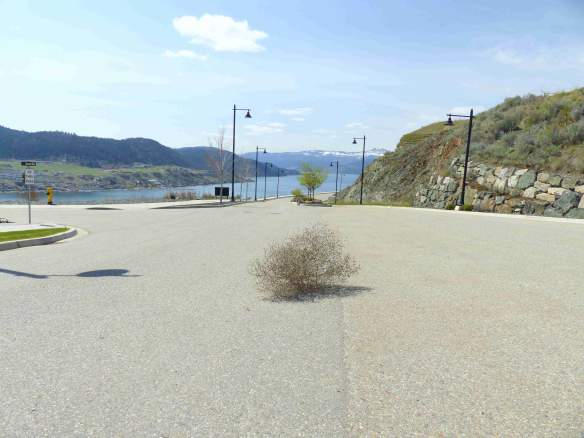
Wild animals in the forests.
Beautiful nature.
Hi-technology showplace.
Exciting Street Life.
Beautiful! And now, in all her glory …
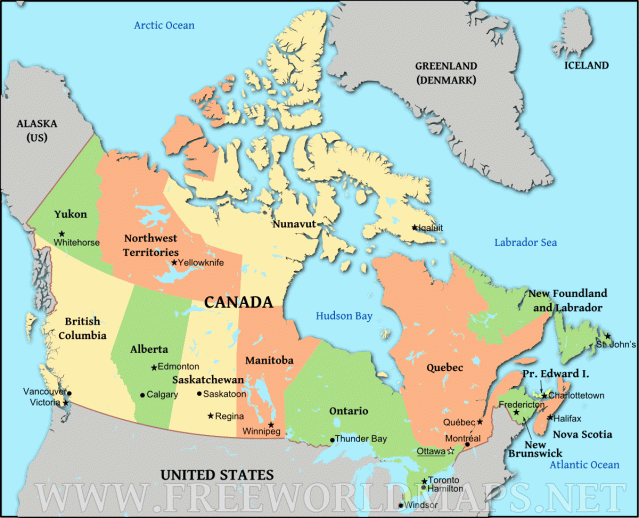 Yup, that’s her. She’s a great big sprawling map that covers half a continent. Notice that she’s made out of a little more than a dozen cities, mostly strung along a rail line. What’s going on outside of them? This …
Yup, that’s her. She’s a great big sprawling map that covers half a continent. Notice that she’s made out of a little more than a dozen cities, mostly strung along a rail line. What’s going on outside of them? This …
Well, this too:
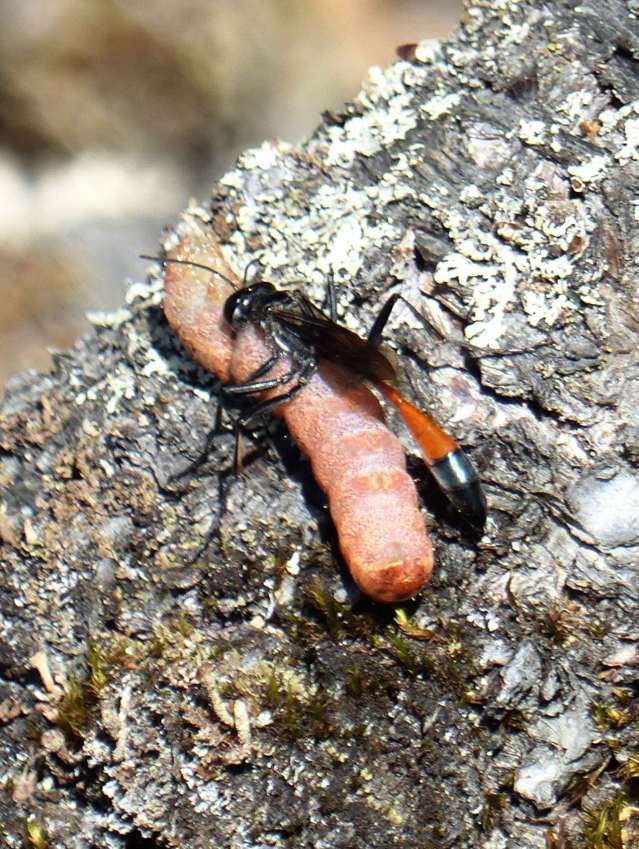 Now, Canada is not one of those countries that rises from its people and asserts itself in the world. It didn’t come about like that. It came together out of some people in Central and Eastern North America deciding to make common cause, and then tying a few million square miles of British controlled industrial (Hudson Bay Company lands) and colonial (The metis-British colony of British Columbia and the asian-British colony of Vancouver Island) space to that with a railroad.
Now, Canada is not one of those countries that rises from its people and asserts itself in the world. It didn’t come about like that. It came together out of some people in Central and Eastern North America deciding to make common cause, and then tying a few million square miles of British controlled industrial (Hudson Bay Company lands) and colonial (The metis-British colony of British Columbia and the asian-British colony of Vancouver Island) space to that with a railroad.
For awhile, the railroad carried people around from place to place — mostly immigrants from Europe to fill up space cleared of indigenous peoples on the Prairies. Then the railroad started carrying grain over the mountains to the sea, then coal and sulphur, some forests stacked up on their sides as lumber, and now petroleum. The railroad above exists today to carry away the trees that have filled in the grasslands of the intermountain west.
No, This is Not a Forest. These are Weeds.
How can a country built out of industry but not out of its people or its land survive? It has to sell what it can. In the image below, we can witness Canada selling itself for all its worth.
Well, what do I mean? I mean, don’t confuse Canada with the geographical space it occupies or the people who live on it. They are not the same thing. The image below, for example, is not Canada. It’s actually the Okanagan River at Gallagher Canyon, south of McIntyre Bluff above Vaseaux Lake. This is Syilx land, and the greatest surviving salmon spawning bed of the vast Columbia River system… all two miles of it.
If you look on a map, though, you’ll find it, in Canada, with a bit of searching. X marks the spot.
OK, indigenous land is not Canada, yet it is within Canada … weird, isn’t it. Don’t worry. It gets weirder. When I said that the image below was a picture of Canada…
… I was leaving out some details. The grassland that this road was imposed upon nine years ago is not Canada. It is an ancient Syilx medicine grassland. Okanagan Lake in the background is not Canada. It is an ancient post-glacial lake 135 kilometres long. The mountain across the lake is not Canada. It’s part of a mid-Pacific volcanic island chain that drifted across the seabed a centimetre a year and eventually rode up for 100 kilometres over the other (Eastern) shore of the lake (including the dark peninsula in the photo above), in a great volcanic conflagration, before being turned eastward with the slowly advancing continent. As for that dark peninsula and the ridge behind it, that’s not Canada either. That’s an in-grown Syilx grassland. What then is Canada here? Physically, it’s a tumbleweed (an invasive species), a road, a sidewalk, some streetlights, buried power, sewer and water lines, a retaining wall, a strip of grass, a couple half-dead hawthorn trees, and a group of houses and vacation rentals and boat jetties down on the lake. Less noticeably, it’s a collection of weeds and overgrown sagebrush in the over-grazed and nearly extinct grassland, the infilled trees in the grassland across the way, and the clear cut forest (white) on the mountains across the lake. Canada is, in other words, an administrative concept. It is a social thing. It’s a human arrangement for dealing with other humans. It is not, however, the land. It is, as it always was out here in the west beyond the West, something imposed upon the land, and what is imposed upon the land is what it always was: a railroad and the industrial products it was meant to carry, plus the new immigrants it has brought here from around the world, to further the development of those industrial products. Now, by industrial products, we mean stuff like this:
That’s right, a Secwepemc Douglas fir in an overgrown savanna in the upper Cariboo grassland at 150 Mile House. That is what the forests were here before Canada filled them in with weed trees (such as those skirting the trees in the image above), which it now harvests and ships to the other social arrangement, called Germany, as wood pellets, so the forest people living in that industrial arrangement can heat their houses without using Russian natural gas. Now, Canada, Germany and Russia are not about to disappear in the next few years, but it’s good to recognize them for what they are. Still, even though millions of people come to Canada every year, they don’t come to see the real Canada, which looks like this…
… or even the hectares of abandoned log haul trucks in Williams Lake, at the heart of Secwepemc Territory, after most of the Secwepemc and Tsilhqot’in trees (in an area the size of Belgium) have been cut down, with the profits invested in New York and Toronto, cities in the Eastern administrative districts of the social organizational projects called the United States and Canada respectfully.
They come to see a nineteenth century image of the land (not Canada), which looks like this …
That’s an image of a construction site at Banff, Alberta, at which an arts centre on Tunnel Mountain is being converted into a business management centre, under the name of ‘creativity’. Honest: what is being created out of these iconic Blackfoot mountains is Canada, which is precisely that business management program and the class of people serving it. It’s thus no accident that in place of the view that the artists at Banff once enjoyed, of those ancient uplifted seabeds, they now get new Canadian mountains, which look like this…
In other words, the artists of Banff now have a view of the tall, mountain-like buildings of Canada (a business management organization.) Well, that’s the way things are in Canada. It gets more intriguing yet, though. For instance, in the most westerly portion of this social arrangement, the collection of British-Asian colonies on the Pacific coast (and the northern third of Oregon Territory) and, by their own definition, the land they are laid on top of …
… a map of population densities makes for a more accurate map of Canada in this place …
As you can see, most of the place doesn’t have all that many people living on it. Let’s concentrate for a moment on the densely populated areas. Here, I’ll blow that up a bit …
The orange areas are also Canadian retirement communities. That’s one of the things Canada, the social organization laid over the land, does: it allows for, and even encourages, the treatment of half of a continent as one continuous social space, without regard for the land that lies beneath its own administrative and industrial concerns. In terms of the map above, it means that 80% of the population of British Columbia lives in area 3, Greater Vancouver. Most of those people are intimately tied to Canada, but only peripherally to the land, and most are here as new settlers. They have, understandably, quite specific dreams and concerns. Within area 4, the area which I live right beside, Greater Kelowna, similar issues are at play, except here the newcomers are from Ontario and the Canadian Prairies, but, still, they also have quite specific dreams and concerns. There are, however, many consequences to having a population built out of people foreign to the land. One, just one, is this…
That’s a Eurasian Milfoil harvester, which is a machine that is operated to mow off an invasive water weed so that Canadians can swim in this post glacial lake in the summer without having to swim through an underwater forest. One water manager in the valley calls this “water triage” — the dedication of government resources to the appearance of water purity. In other words, it’s one way of maintaining an image of a pristine, nineteenth century land to serve an important Canadian industrial product: tourism. As you can see from the image, however, the land is anything but pristine. The Syilx grassland (under land claim since, shamefully, 1895) on the hill, for instance, has no native grasses left, but a big forestry seed nursery, to provide enhanced breeding stock for the forestry industry. Even the people who live here in Vernon, British Columbia, live around the edges of these industrial metaphors laid over the land, and that’s why I said earlier that Canada will sell whatever it can to survive …
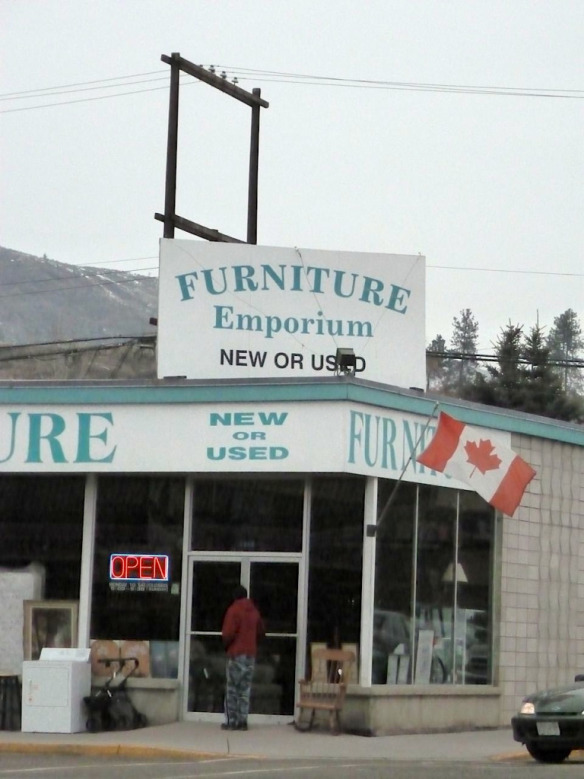 … in this place, even when it comes to this cow, grazing a recently-burnt, long-overgrazed Syilx hillside (a teenager was playing with matches) for the last scrap of life left on it …
… in this place, even when it comes to this cow, grazing a recently-burnt, long-overgrazed Syilx hillside (a teenager was playing with matches) for the last scrap of life left on it …
That is one of the rights that Canada accords its citizens, to do this to the land as a “private landowner”, and is, in fact, one of the logical consequences of Canada and one of the demands that Canada makes on its citizens. If one doesn’t want to take part in that, one must forfeit no small part of one’s citizenship and live, as people have always done in whatever regime they find themselves in, including that of Cold War Era Soviet Russia, in the cracks between the social and administrative idea called the state and the land itself.
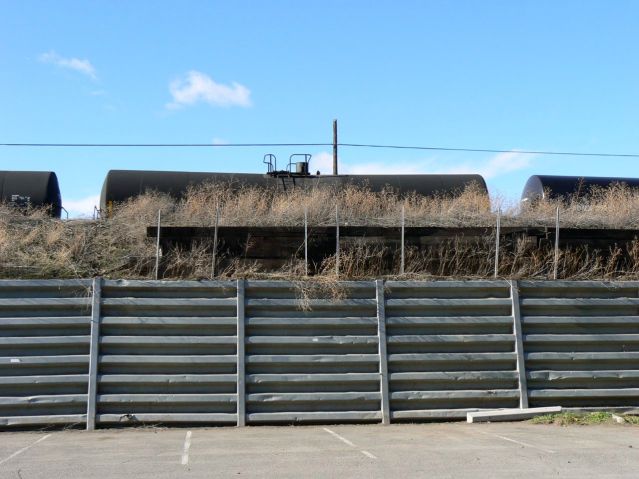 Community Theatre Parking Lot With Oil Cars, Kamloops, British Columbia
Community Theatre Parking Lot With Oil Cars, Kamloops, British Columbia
Either that, or one must retreat to fantasy, such as the image of Provence below …
…instead of this image of Canada…
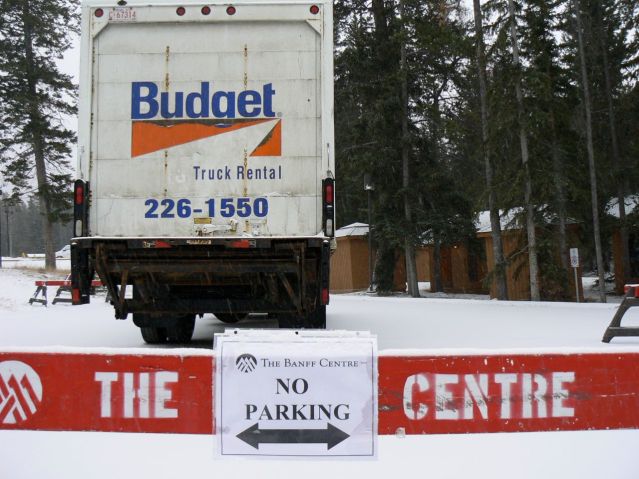 … or this one, which reveals it as a construction project (remember, this is the training centre for Canada’s artists aka business managers) …
… or this one, which reveals it as a construction project (remember, this is the training centre for Canada’s artists aka business managers) …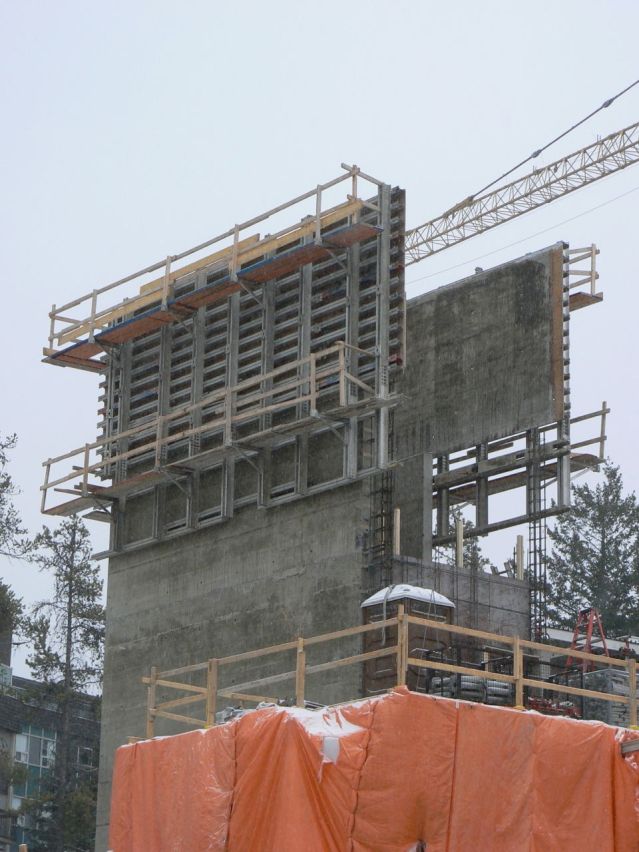
… while the people are living here, however they can, shooting at American cars:
People get by. They’re very resilient. The land, however, and its ability to support those people and its other creatures, is not.
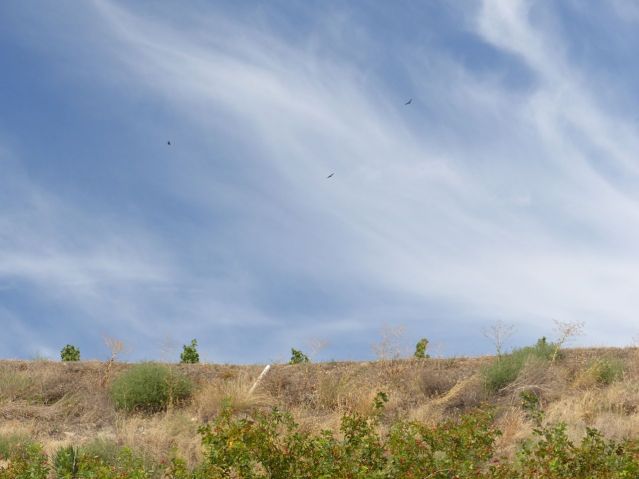 Vineyard with Weeds and Hunting Hawks
Vineyard with Weeds and Hunting Hawks
Trashed.
This is not romantic and not Provence, but you’re not going to see this from Canada, which needs to sell itself, and you’re not going to see this as a stranger. The gap this image represents, however, is so huge, that if Canada doesn’t somehow bridge it, it is doomed as a country at the same rate as is the earth, and it should have been so much more. It breaks my heart that to live on my own land I have to follow the same winding trails through Canada that the deer and coyotes do, such as the two mule deer bucks in the weed fields surrounding the barricaded vineyard below.
But I do, because the alternative is to leave my land, and the earth, and become a Canadian, and, frankly, that’s not very attractive.
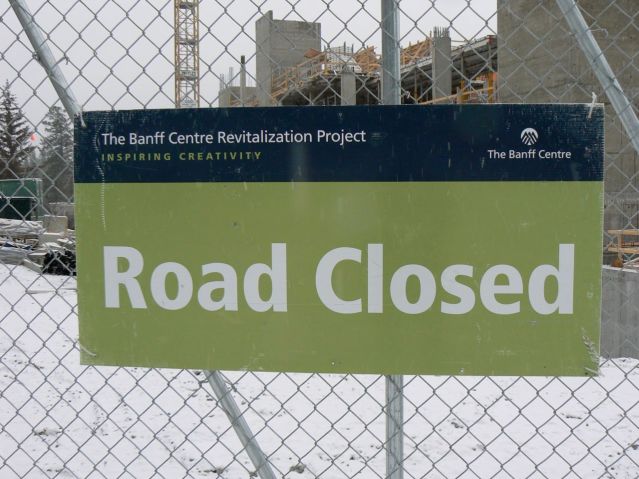 Here, let’s zoom in on a couple citizens of that creative country.
Here, let’s zoom in on a couple citizens of that creative country.
Categories: Arts, Earth, Endangered species, Gaia, Industry, Land, Nature Photography






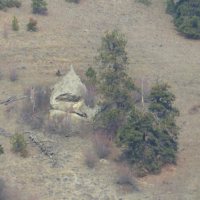
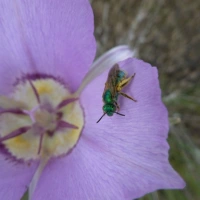





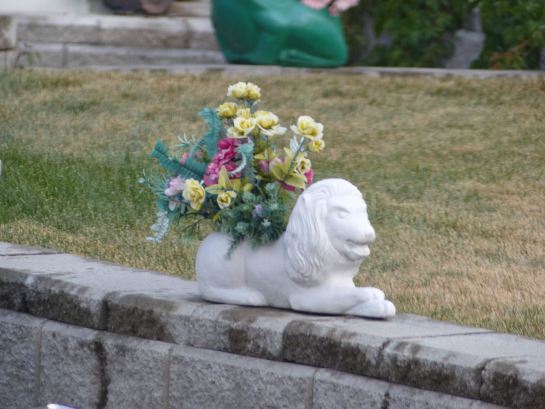
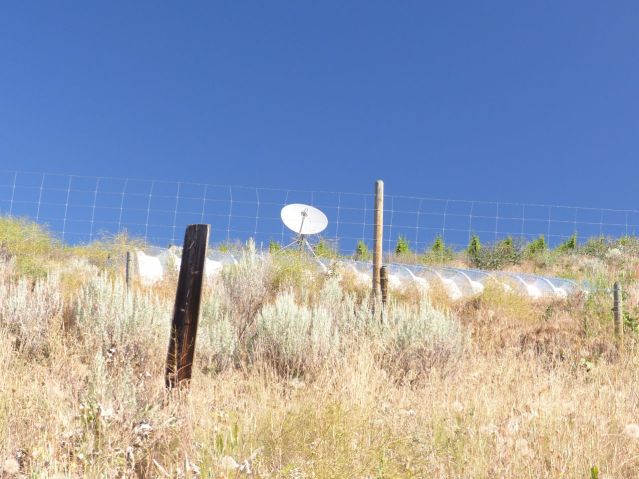
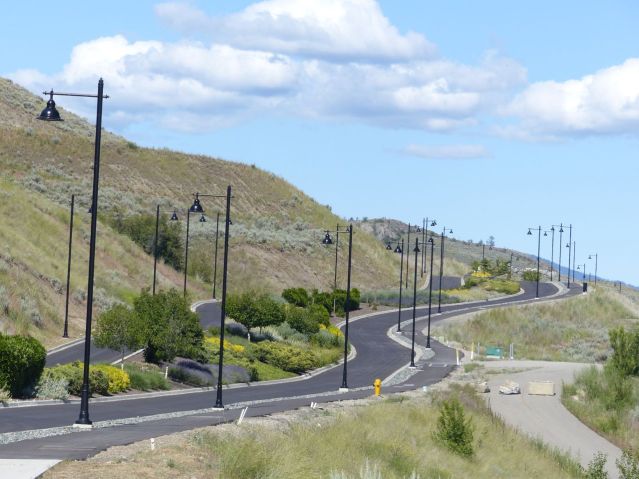
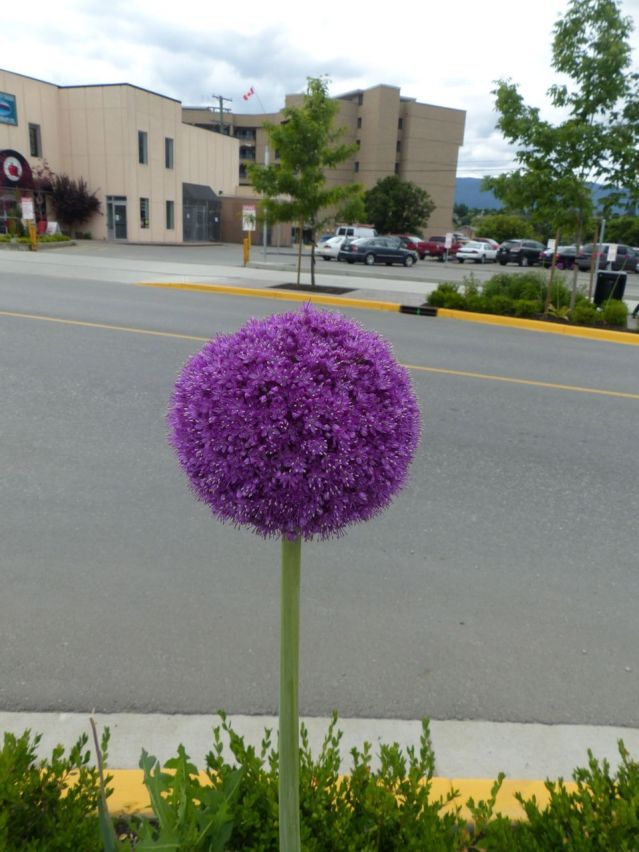
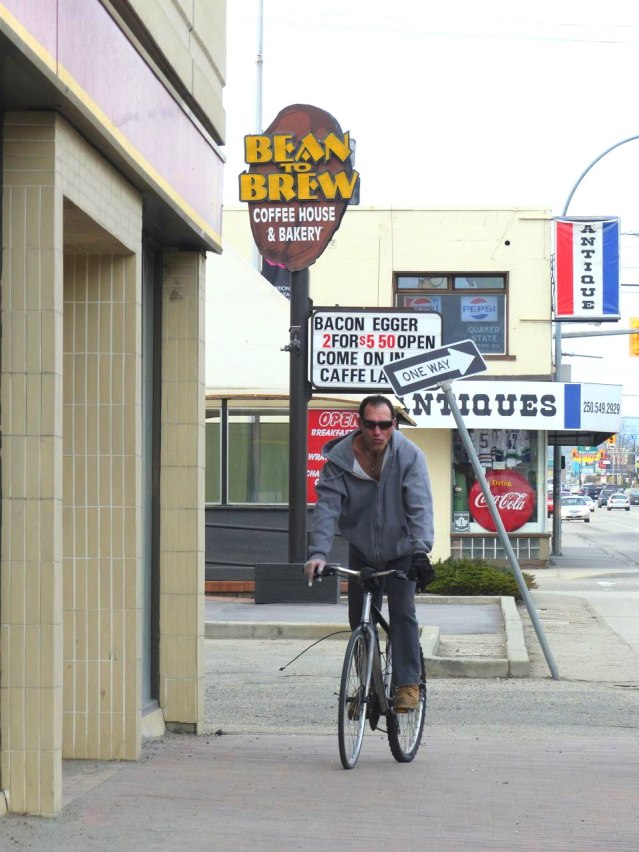
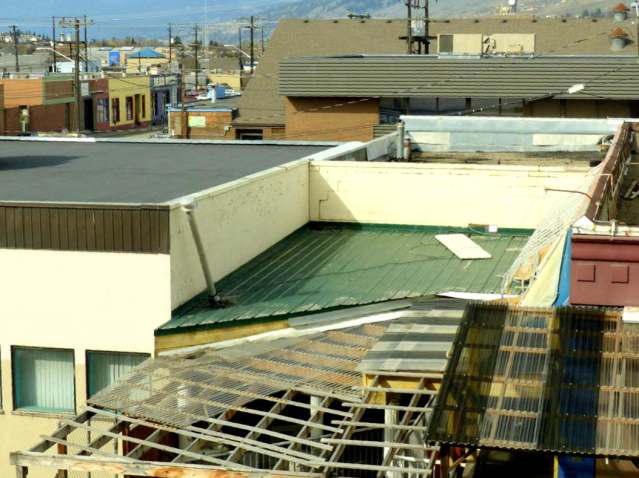
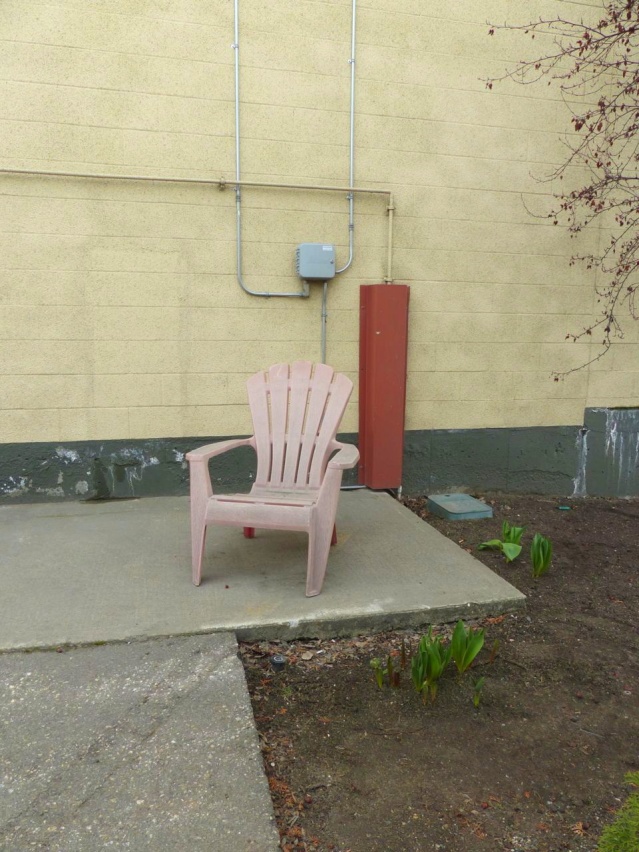

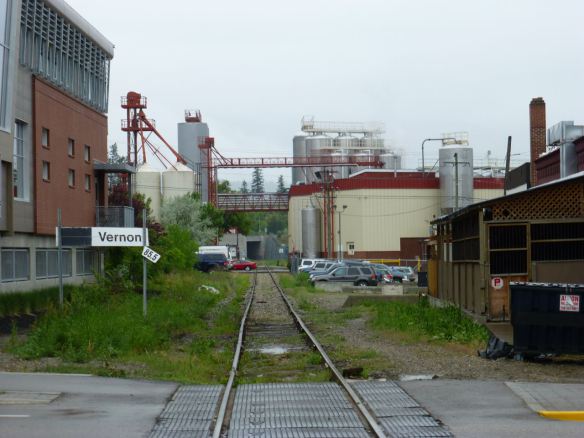
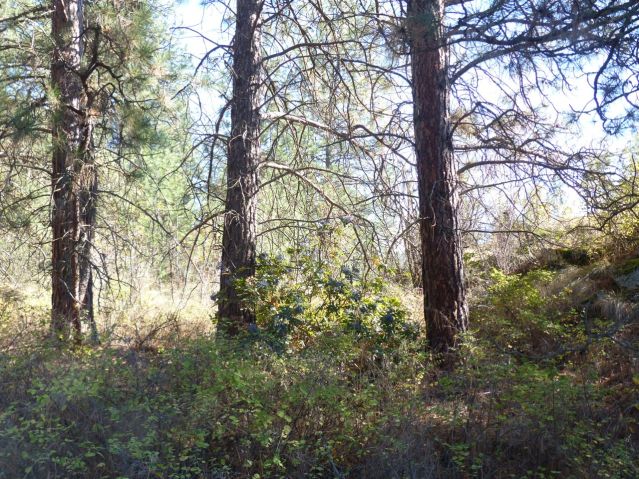
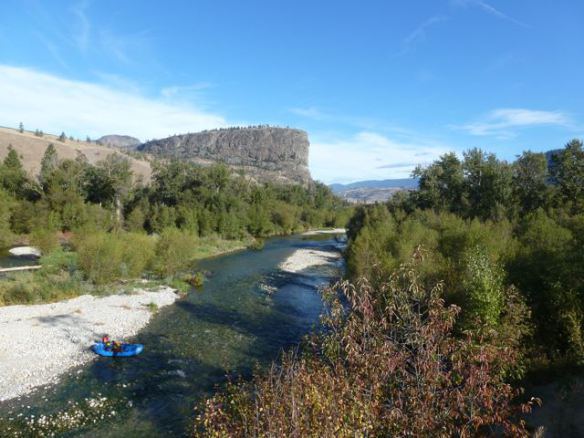
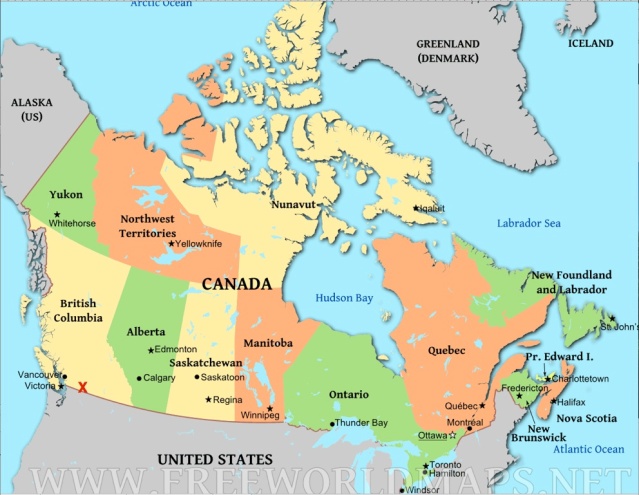
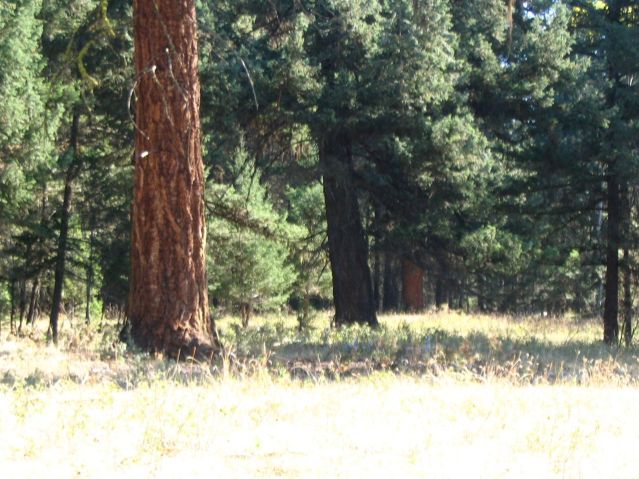
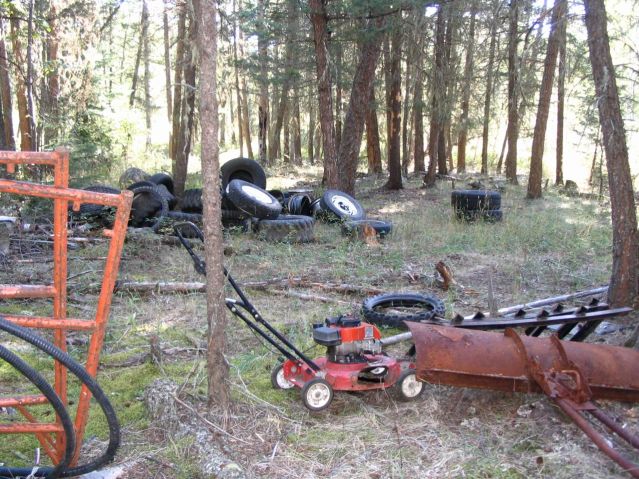
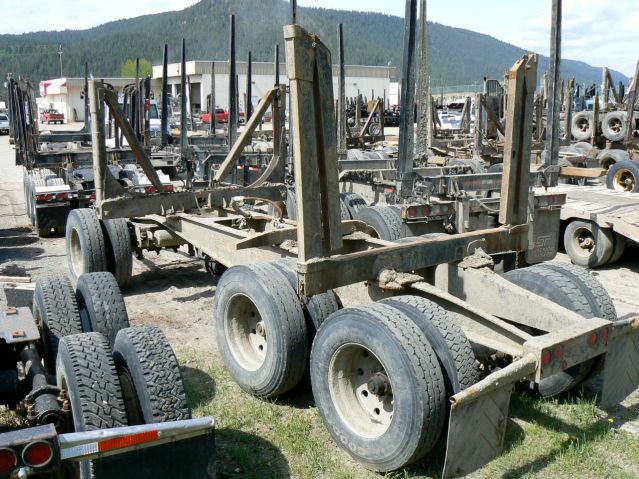
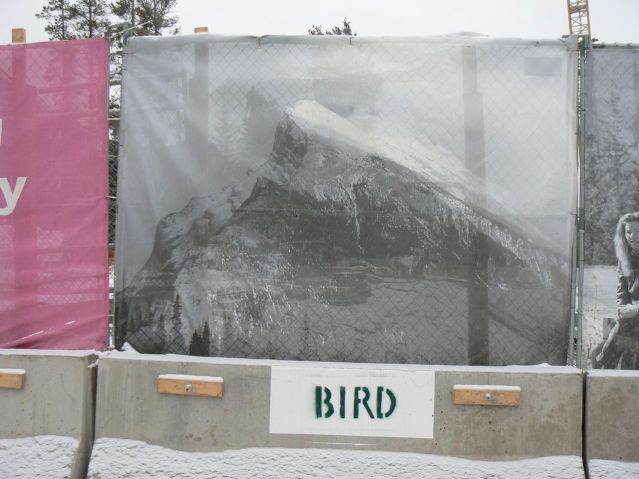
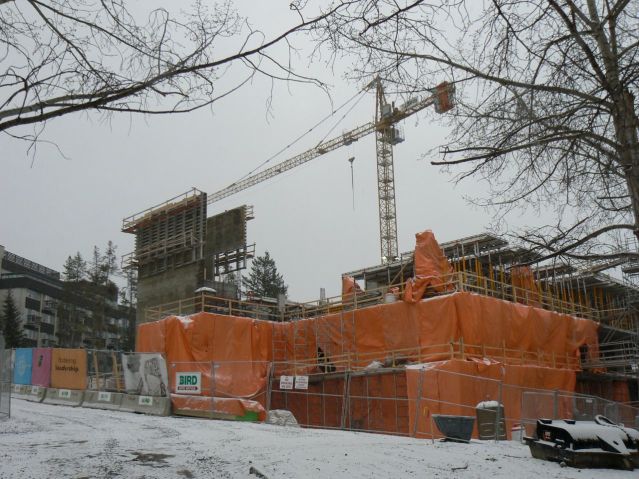
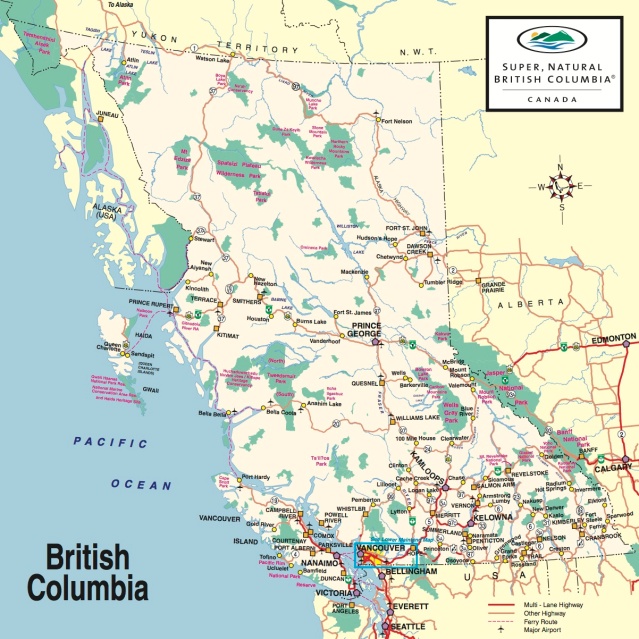
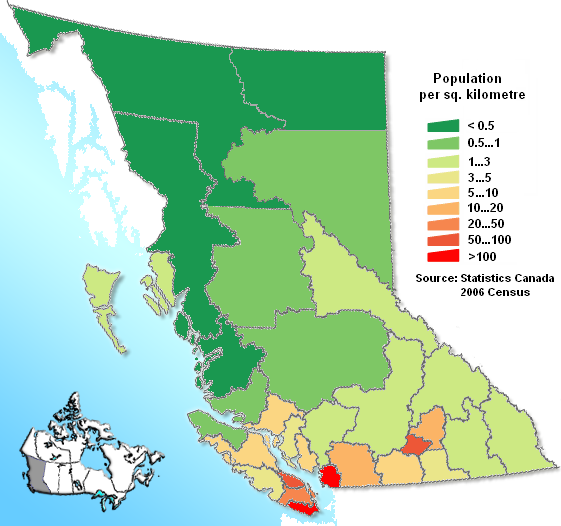
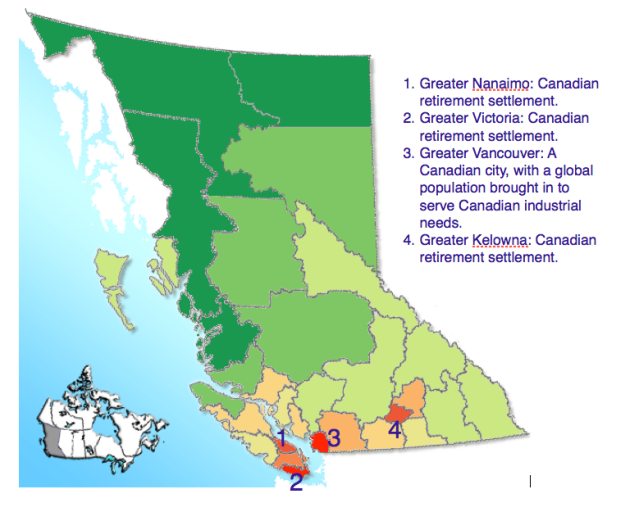
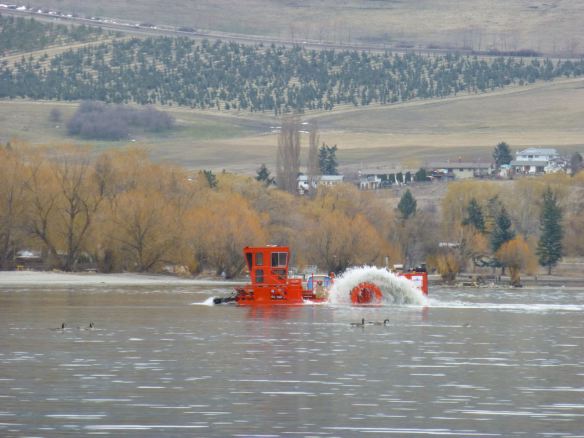
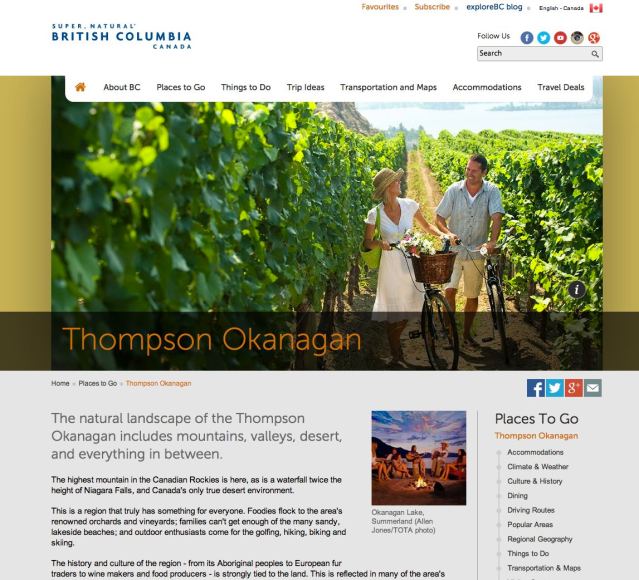
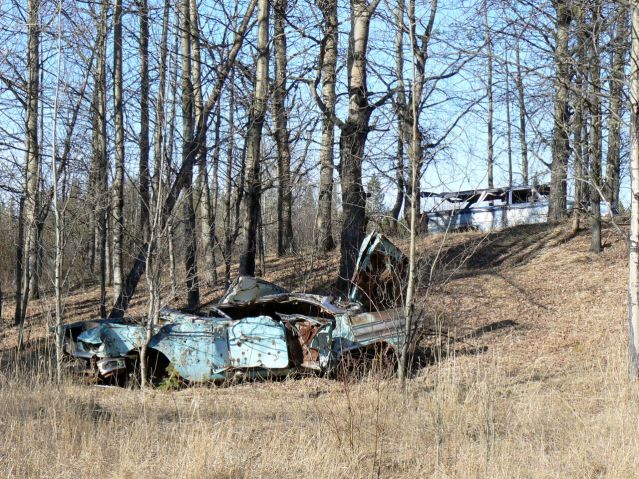
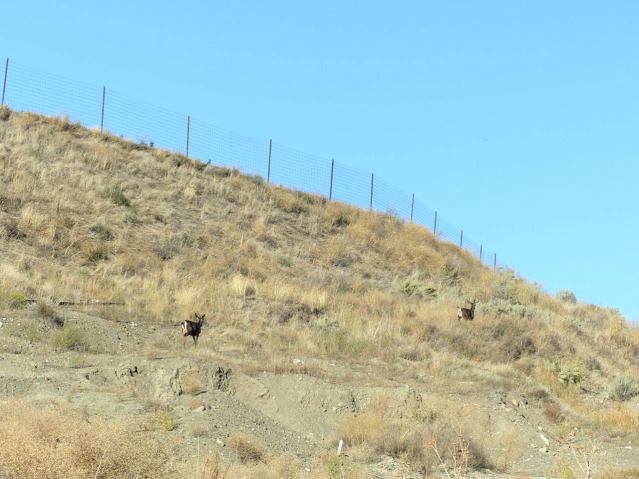
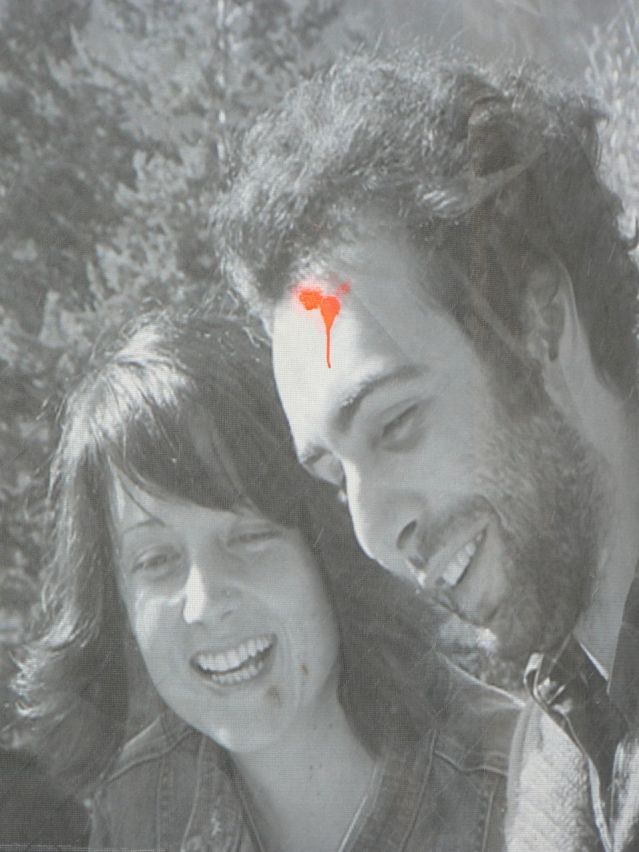


Interesting take on things I see everyday. Those fenced out deer are not white tails, they are mule deer.
LikeLike
Ah, shoot. I meant to type that but typed the wrong thing. I’ll fix the deer problem. Thanks.
LikeLike
Bravo! Concise, but profound and all encompassing. Thank you from the bottom of my heart. I’ll pass it on.
LikeLike
Thanks, Dan!
LikeLike
I am proud of Canada and being a Canadian so I felt alienated when you said being a Canadian wasn’t attractive. Yet you didn’t say your nationality. Canada may not be perfect, it is run by people but I think you are smart enough to contribute to help with positive change which is better than just criticism. Respectfully this is your blog and your business and not mine, and I wish you all the best.
LikeLike
Sorry for alienating you. I used to be fiercely proud to be a Canadian, too. I live in the Okanagan Valley of the Intermontane Grasslands of the Northwest of North America. These are images of my town, as it has been colonized by Canada, without regard for the important issues, such as settling vital land claims issues, so that we can get on with rebuilding this ruined stretch of earth to create sustainability for the future and honesty and strength and care in our dealings with each other and the other people, animals and plants, who are part of our lives here and share this stretch of the planet with us. I have spent four years researching the roots of my culture here in the valley in the Indian Wars of the United States and the U.S. Civil War, and how the process of Canadianization has replaced this history, and the work we need to do with it, with the history of a different people from the East (i.e. east of the Rocky Mountains). However, I am far enough into the researches now that I have discovered a Canada that I still feel a strong affinity to: the métis and aboriginal Canada, French Canada, and the rather successful attempts in the Northwest and in the Red River at creating a culture that bridged aboriginal and old world understandings, however imperfect those may have been. My country stretches from the Yellowstone to the Pacific and up to the shield volcanoes of the Chilcotin. I think I am on my way to finding a full, rich Canada again, but it won’t ever be the official one again. I think, by the way, spending four years to try to finally get an important piece of history right, in a piece of land claimed by Canada, is very much a contribution to positive change. It is a better story that makes more sense of history and makes for better tools for understanding the present and building a more positive future. It is an alternative view, but that’s important I think. In fact, I believe it’s a measure of a failed society if it cannot accept and integrate passionate expressions of interest from within it. I believe to fail to do that would be to fail as a citizen. Yes, I’m a Canadian, but it’s complicated.
LikeLike
I’m proud to be a Canadian. I love everything about my country even though it’s not perfect and I think no countries are perfect to begin with. No matter where you are living , it’s what you make out of it! Be real and be POSITIVE!!!
LikeLike